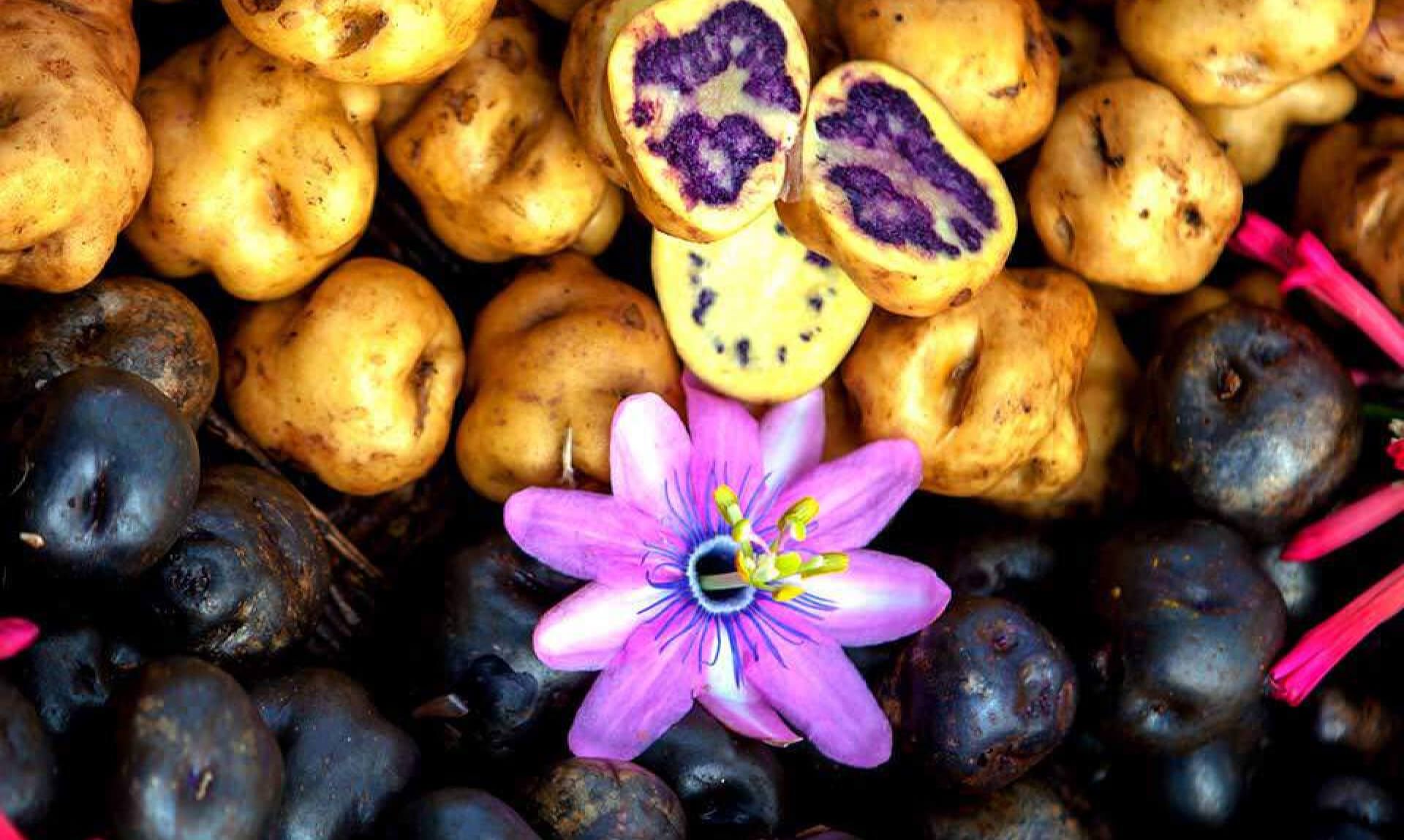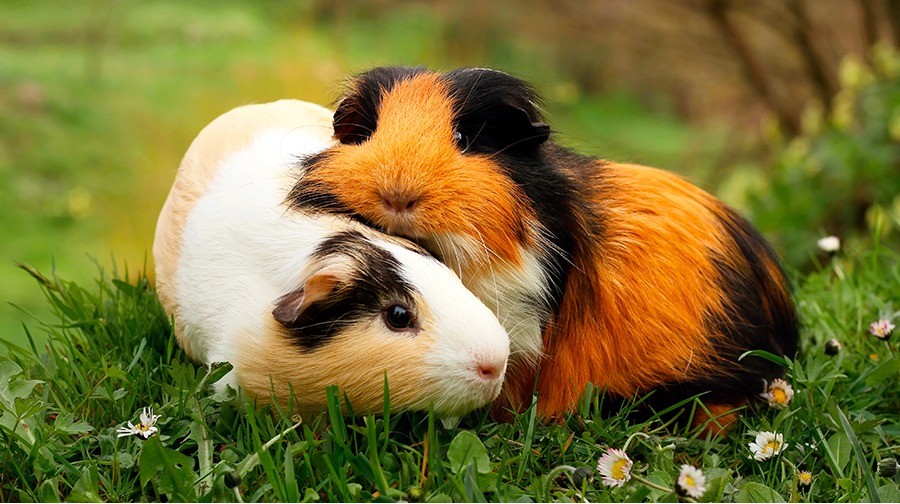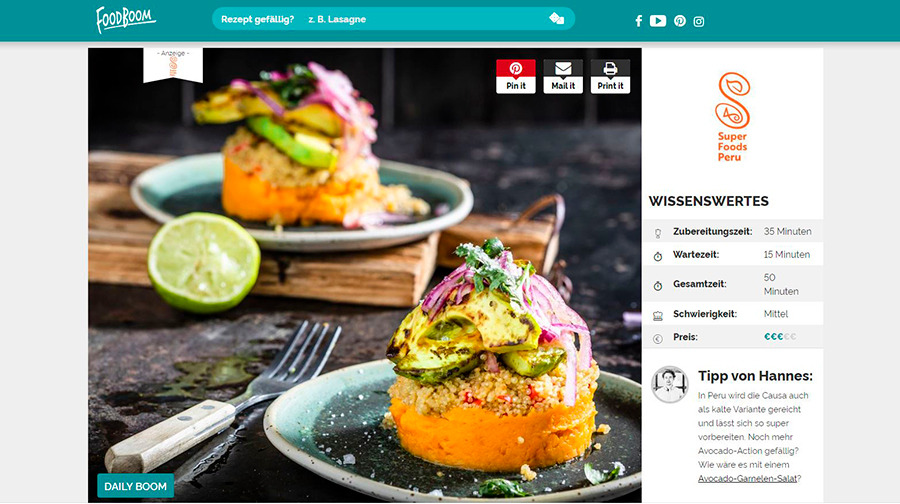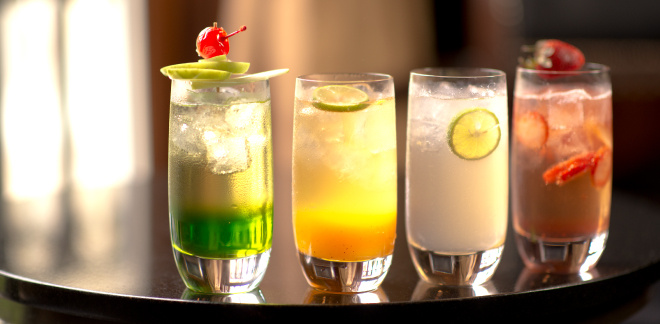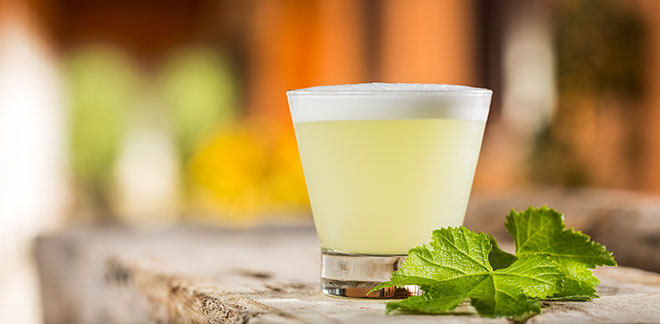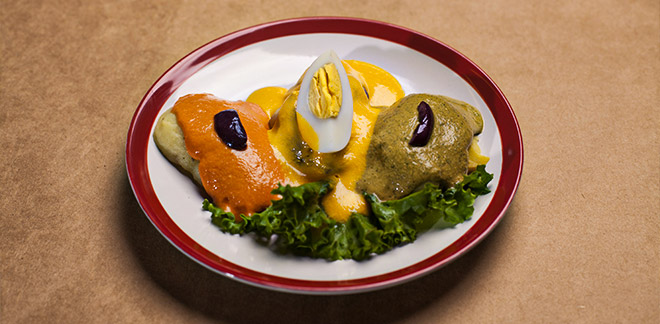Eight facts you didn't know about the Cuy (Guinea pig)
Síguenos en:Google News
They are the favorite pets of many inhabitants of the Anglo-Saxon world. Very active and even a bit nervous, they are capable of reproducing at the incredible speed of up to nine young per litter, which will reach adulthood in just two months. They like to live in groups of between five and eight individuals, and they can live between 4 and 6 years, but some, well cared for, have reached eight springs.
This small rodent, whose scientific name is Cavia porcellus, has been part of the culture, history and tradition of Peruvians from time immemorial. Join us to learn eight facts that will surprise you about this small animal!
IT HAS A NATIONAL DAY
Did you know that there is a National Day of the Cuy? On the second Friday of October, our country celebrates this small animal, which represents a very important part of our culture. This day was decreed in 2013 by the Ministry of Agricultural Development and Irrigation (MIDAGRI), in order to support the development of more than 800,000 small producers engaged in raising cuyes nationwide.
IT HAS INSPIRED FAMOUS CHARACTERS OF THE PERUVIAN POPULAR CULTURE
The Cuy has a very important role in the life of Peruvians. For example, in 1977 the humorist and cartoonist Juan Acevedo created a character that represents both the slyness and the innocence and tenderness of our society. “The Cuy” not only interacted with Peruvian political figures, but also traveled back in time to meet the most important characters of our history.
IT IS AN ANIMAL THAT BRINGS LUCK
And not just as a mascot in TV commercials. This small rodent, folklore says, brings good fortune, prosperity and good luck to its breeders. For this reason, one of the most popular traditions around the Cuy is the tombola roulette, in which this animal determines who the winner is, by entering one of the several little houses it has around it. It has also become famous for predicting sports results.
IT HAS BEEN WITH THE PERUVIANS FROM THE VERY BEGINNING
Cuyes appear in archaeological deposits as old as 9000 years ago and may have been domesticated as early as 5000 B.C. What is clear is that their ritual use as an offering appears in burials from 2500 B.C. in the Temple of the Crossed Hands at Kotosh, in Huánuco. Researchers believe that the modern Cuy is the result of the domestication of various wild species, such as Cavia tschudii and Cavia aperea, which existed throughout the Andean region, from Colombia to Chile.
IT IS MEDICAL AND HELPS IN DIAGNOSING DISEASES
The expression “pasar el Cuy” (rub on the patient's body) is not gratuitous. Traditional medicine used cuyes in order to diagnose the diseases that afflicted the inhabitants of ancient Peru. Since pre-Inca times, healers would rub this animal on the body of their patient to absorb the disease, after which the Cuy died. Then, by analyzing its interior, it was possible to know which specific organ was affected and to prescribe a solution for the disease.
THEIR FECES COULD HELP IN THE FIGHT AGAINST CLIMATE CHANGE
As herbivorous animals that feed on seeds, branches and fruits, they produce manure that is very useful for agriculture. The Cuy guano can be used to produce compost and biol, which increase nutrients for plant flowering. But not only that, it is also an important source of biogas, which can be used to generate clean and sustainable energy for both the farms and the surrounding houses.
IT IS A FOOD OF A HIGH NUTRITIONAL VALUE
Although many criticize Peruvians for introducing it into their cuisine, the truth is that Cuy meat is not only low in fat, but also contains more protein and amino acids than other animals and according to several studies, it helps in preventing various types of cancer. For this reason, several industries have begun to include it in their food offerings such as nuggets and hamburgers, both in the national and international market.
IT IS PRESENT AT THE LAST SUPPER
Finally, a historical fact, did you know that there is a version of the Last Supper in which Jesus and the Apostles taste a Cuy al Horno (Roasted Cuy) and various dishes of Andean cuisine? During the Colonial period, the Cusco School produced many pieces in which they combined Catholic iconography with elements of Peruvian culture. This particular painting is found in the Convent of San Francisco, in the Historic Center of Lima.


